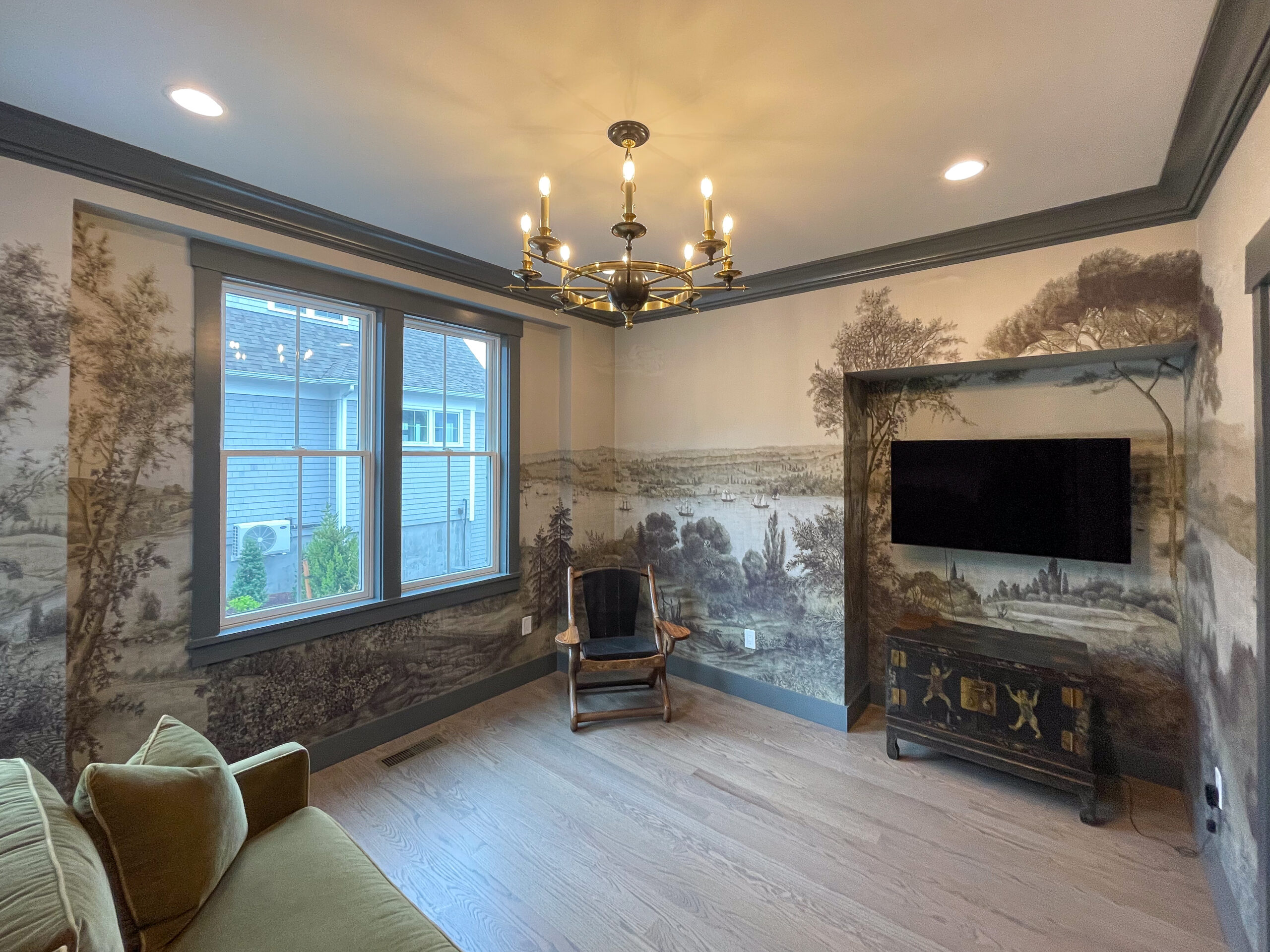A DECORATION INSPIRED BY THE MYTHICAL BOSPHORUS
There are places that due to their geographical location have become key locations for empires and nations throughout history. These types of places are charged with a mysterious beauty that gives them that mythical aura in many cases.
Such is the case of the Bosphorus, also known as the Strait of Istanbul, a strait that separates the European part from the Asian part of Turkey, known as Anatolia. Legend has it that the Symplegades were found in this strait, rocks that came together randomly and that were defeated by Jason and the Argonauts on their expedition in search of the Golden Fleece.

Being the narrowest point of the sea passage between the Black Sea and the Mediterranean, the Bosphorus has always had great strategic and commercial importance. Athens the Greek city-state, during the 5th century B.C. it depended on grain imports from Scythia, and therefore maintained strategic alliances with cities that controlled the straits. Likewise, the strategic location of the strait was one of the reasons that motivated the Roman Emperor Constantine I the Great to establish there in 330 A.C. his new capital, Constantinople.
Throughout history, having control of the strait has been a source of conflicts and disputes. From the Greeks to the Ottomans and the Russians, various nations have tried to monopolize its use and restrict the passage of foreign ships. The First World War marked an important change in the situation of the strait, when in 1918 it was expropriated from the Ottoman Empire and placed under the supervision of the International Commission for the Turkish Straits, whose leadership corresponded to the United Kingdom and in which France also participated, Italy and Japan.
Steeped in all this history, the “Romantic Bosporus” wallpaper, developed in collaboration with the Iksel couple, is a multicolored design painted from a lithograph printed in the 1850s by Maltese artist Jean-Giovanni Schranz. The designers wanted to create a complete “greenery”, omitting characters, and simplifying the buildings to create a much greener and more sober Bosphorus than at the time, emphasizing the impressive nature and topography, but who is the Iksel couple?



Mehmet and Dimonah Iksel are a married couple who share an unwavering love for decoration. Through their painting studio, they have created an extensive portfolio of scenic, architectural and ornamental panels using the latest digital printing technologies to bring their evocative Old World designs to life. Their vision of wall decoration connected when they met in India. Since then, they have worked together to build a unique digital image bank, inspired by a pre-industrial world that produced periods of high style in the decorative arts. The couple draws inspiration from diverse cultures and periods, and their collections include architectural, botanical, ornamental, and scenic decorations that are truly impressive.

When choosing a wallpaper design, we can opt for landscapes or scenic papers that evoke feelings of peace and comfort, or simply because we like them, however, in some cases these designs are inspired by places loaded with so much history that they attract us without us understanding the reason very well, this is the case of designs with the “romantic Bosphorus”.


